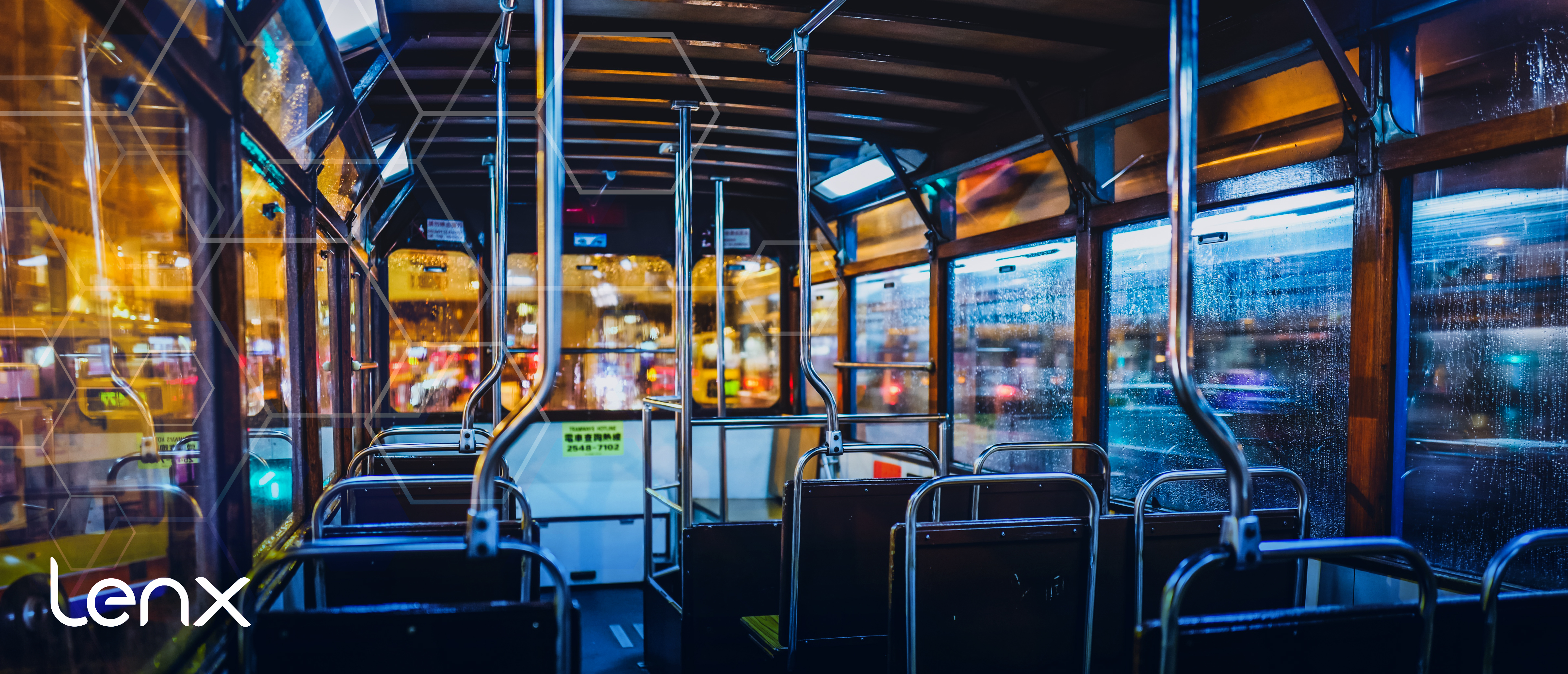
Using AI Security and Gun Detection To Fight Gun Violence In Public Transport
Gun violence has become an increasingly pressing concern in public spaces, including transit systems where large numbers of people gather. With the advancement of technology, specifically in the field of artificial intelligence (AI), innovative solutions like AI gun detection systems are emerging as a vital tool to enhance safety and security in these vulnerable areas. Let's explore the role of AI in active shooter alerts and how it can help mitigate threats on public transport.
The Rise of AI in Security
Artificial intelligence has revolutionized the security industry by offering advanced capabilities for recognizing and responding to potential threats. AI security apps and detectors are equipped with algorithms that can analyze vast amounts of data in real-time, discerning patterns that may indicate the presence of a weapon. These systems are trained to identify firearms with a high degree of accuracy, often surpassing human ability in both speed and precision.
AI Gun Detection: How It Works
AI gun detection systems utilize a combination of machine learning and computer vision to detect firearms. They can be integrated with existing security camera infrastructure, scanning video feeds to spot guns in public spaces. Once the AI identifies a firearm, it triggers an active shooter alarm system, alerting law enforcement and security personnel to the threat. The rapid detection and notification process is crucial for quick response and potentially saving lives.
Active Shooter Alerts and Response
Active shooter detection systems are only as effective as the response they initiate. When an AI system detects a weapon, it generates an active shooter alert that is sent to security teams and first responders. This notification includes critical information such as the location and image of the potential shooter, allowing for a coordinated and effective intervention. The speed of this response can make a significant difference in high-stress situations where every second counts.
Enhancing Emergency Protocols
In addition to immediate alerts, AI security systems can integrate with public transport's emergency protocols. They can inform passengers of safe evacuation routes or lockdown procedures, depending on the scenario. By doing so, AI security contributes to a more informed and orderly response, reducing panic and improving overall safety during an incident.
Implementing AI Security in Public Transport
The deployment of AI safety and threat detection tools in public transportation requires careful planning and consideration. It involves assessing the current security infrastructure, determining the best locations for camera installation, and training staff to respond to AI-generated alerts. Moreover, it's essential to maintain the balance between heightened security and the privacy rights of passengers, ensuring that monitoring is conducted responsibly and ethically.
Addressing Privacy Concerns
As AI security technologies become more prevalent, addressing privacy concerns is critical. Systems must be designed to focus solely on threat detection, without infringing on individual privacy. Developers and transit authorities must work together to establish clear guidelines and transparency about how AI security apps operate and how data is handled.
Conclusion
AI gun detection represents a significant advancement in the fight against gun violence in public transport. By leveraging AI security and active shooter alarm systems, transit authorities can provide a safer environment for passengers and staff. As these technologies continue to develop, the potential for AI to protect and save lives in public spaces grows ever more promising.
For more information on implementing AI security solutions in your transit system, contact a specialist today.

